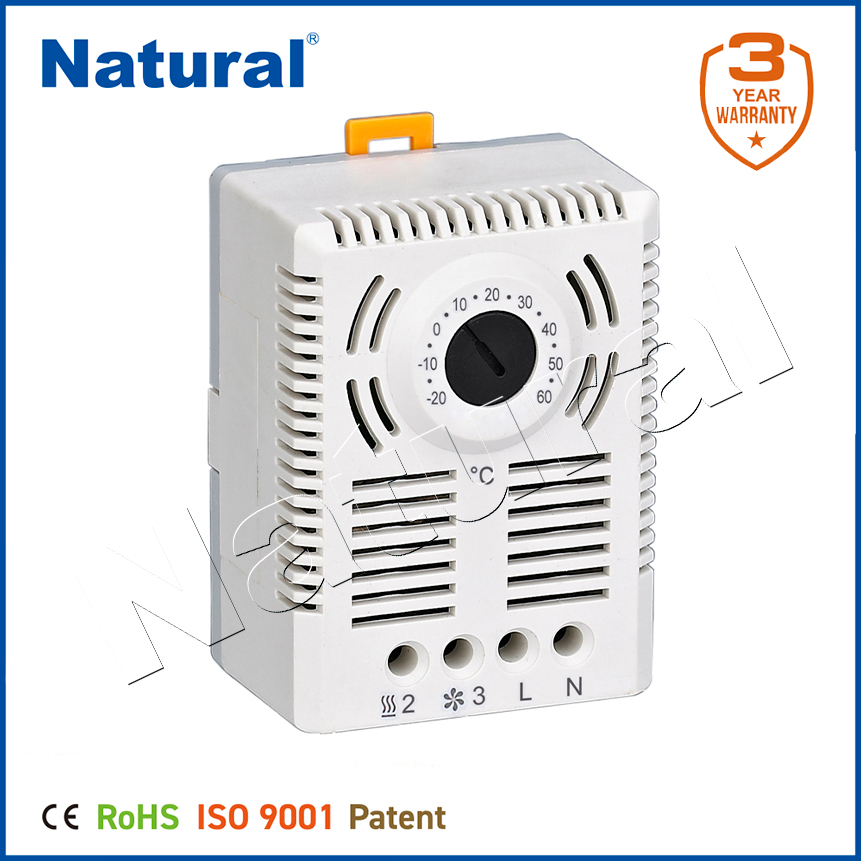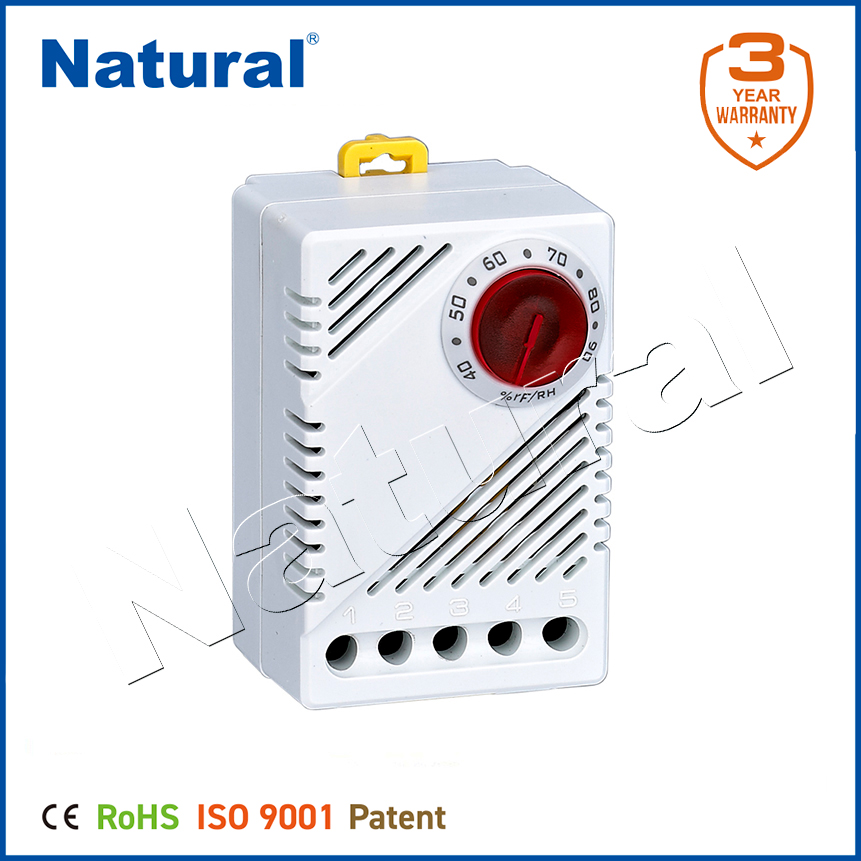In an age where maintaining optimal environmental conditions is crucial for both comfort and health, the electronic hygrostat emerges as an essential device. This instrument plays a pivotal role in regulating humidity levels within various settings, ranging from residential homes to industrial facilities. By delving into the functionalities, benefits, and applications of electronic hygrostats, we can grasp their ultimate significance in modern climate control.

At its core, an electronic hygrostat measures the moisture content in the air and can activate or deactivate humidifying or dehumidifying systems based on preset humidity levels. Unlike traditional hygrostats, which often use mechanical components, electronic versions leverage digital technology for enhanced accuracy and responsiveness. This capability allows users to maintain specific humidity levels more effectively, ensuring environments are comfortable and conducive to health.

One of the primary benefits of using an electronic hygrostat is its ability to prevent the adverse effects of excessive humidity. High humidity can lead to mold growth, which poses serious health risks and damages property. By keeping humidity within a safe range, electronic hygrostats contribute to healthier indoor air quality. This is particularly vital in areas prone to high moisture, such as basements or coastal regions, where humidity levels can fluctuate significantly. Moreover, electronic hygrostats enhance energy efficiency. When integrated with heating, ventilation, and air conditioning (HVAC) systems, these devices optimize performance by adjusting humidity levels intelligently. For instance, if the air is too humid, the hygrostat will signal the dehumidifier to activate, reducing the workload on the HVAC system. This not only conserves energy but also prolongs the lifespan of the equipment, ultimately reducing operational costs.
